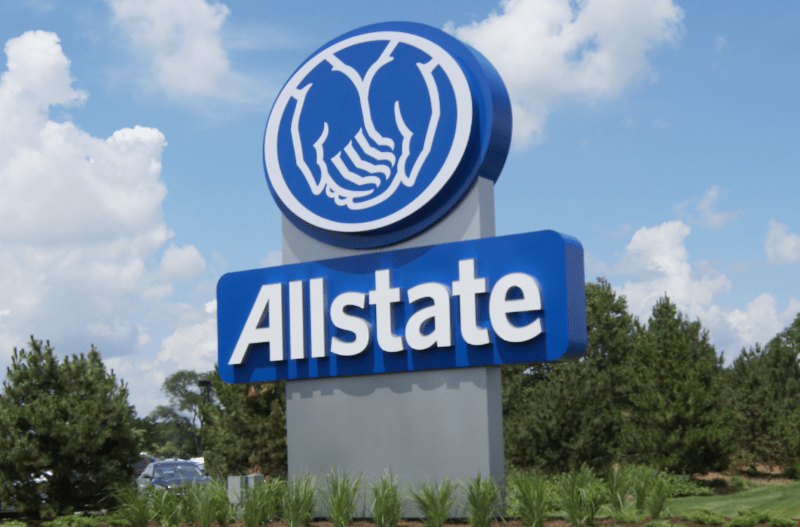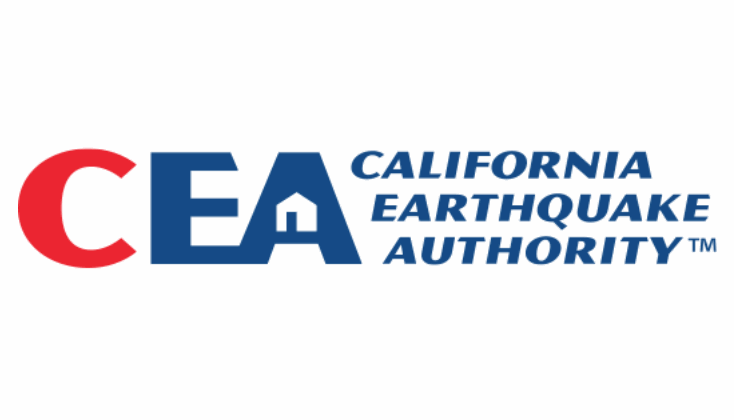US insurer Allstate has confirmed its pre-tax loss from hurricane Milton at $102 million, at which level it seems possible the Sanders Re II Ltd. (Series 2024-2) catastrophe bond may face a loss, while the companies year-to-date pre-tax catastrophe losses have reached $4.84 billion after October.
 Previously, Allstate had reported an initial estimate for its hurricane Milton losses at $100 million, at which level we highlighted that the lowest sitting, in the reinsurance tower, of the carriers Florida-focused Sanders Re catastrophe bonds could trigger and pay out.
Previously, Allstate had reported an initial estimate for its hurricane Milton losses at $100 million, at which level we highlighted that the lowest sitting, in the reinsurance tower, of the carriers Florida-focused Sanders Re catastrophe bonds could trigger and pay out.
The $74.5 million Sanders Re II Ltd. (Series 2024-2) cat bond was relatively privately placed and featured a single tranche of zero-coupon notes, that provide Allstate with multi-peril catastrophe reinsurance protection for the state of Florida over a one-year term.
According to the insurers Florida reinsurance tower disclosure, the Sander Re 2024-2 zero coupon catastrophe bond sits towards the bottom of it, above a $30 million retention.
With hurricane Milton now pegged as a $102 million loss to Allstate, it seems that cat bond layer of protection is at-risk of paying out.
The $74.5 million of Sanders Re 2024-2 cat bond notes are heavily marked down in the secondary market, with them priced at as low as for bids of 5 cents on the dollar.
Allstate’s first excess-of-loss layer of reinsurance above the cat bond, in its Florida tower, attaches for losses above $100 million and we understand from sources also has some collateralized market participation.
However, FHCF coverage inures to the tower, which makes it a little tricky to understand precisely how the hurricane Milton loss will affect the cat bond and reinsurance protection above it.
So, we cannot confirm the loss to cat bond holders at this time, but with the notes remaining marked down in pricing sheets the market continues to anticipate some level of loss to it.
In addition, Allstate reported today that it experienced some $286 million of pre-tax catastrophe losses in October, or $226 million, after-tax.
That includes the $102 million, pre-tax, from hurricane Milton, but also unfavorable reserve reestimates of $144 million, pre-tax, related to hurricane Helene, primarily in Georgia, South Carolina and North Carolina.
Previously, Allstate had reported its hurricane Helene estimate at $630 million pre-tax, so with the unfavourable development that loss quantum has certainly risen.
The insurer also reported today that its total catastrophe losses for October year-to-date have reached $4.84 billion or $3.82 billion, after-tax.
As usual, we look at the run-rate for pre-tax catastrophe losses over the April 1st on annual risk period for Allstate’s aggregate reinsurance, which is provided by other Sanders Re catastrophe bonds.
The pre-tax catastrophe loss total for the annual aggregate catastrophe bond risk period to end of September stood at $3.8 billion.
Including the October pre-tax losses, that total now sits at $4.086 billion.
As we always say, it’s important to note that it is not possible to estimate how much of the retention sitting beneath the aggregate Sanders Re catastrophe bonds that Allstate has in-force will have been eroded by the loss total so far, given they feature a $50 million event deductible.
As we had reported previously, Allstate’s annual aggregate catastrophe losses that are applicable under the terms of its Sanders Re catastrophe bond program had reached $1.3 billion after July 2024. That total has certainly risen, perhaps considerably since then, with the effects of the two hurricanes and any other losses above the event deductible.
We’ve included the Florida-focused Sanders Re 2024-2 issuance to our Directory of catastrophe bonds facing losses, deemed at risk, or already paid out.
You can read all about this Sanders Re II Ltd. (Series 2024-2) from Allstate and every other catastrophe bond issuance in the extensive Artemis Deal Directory.





















 English (US) ·
English (US) ·